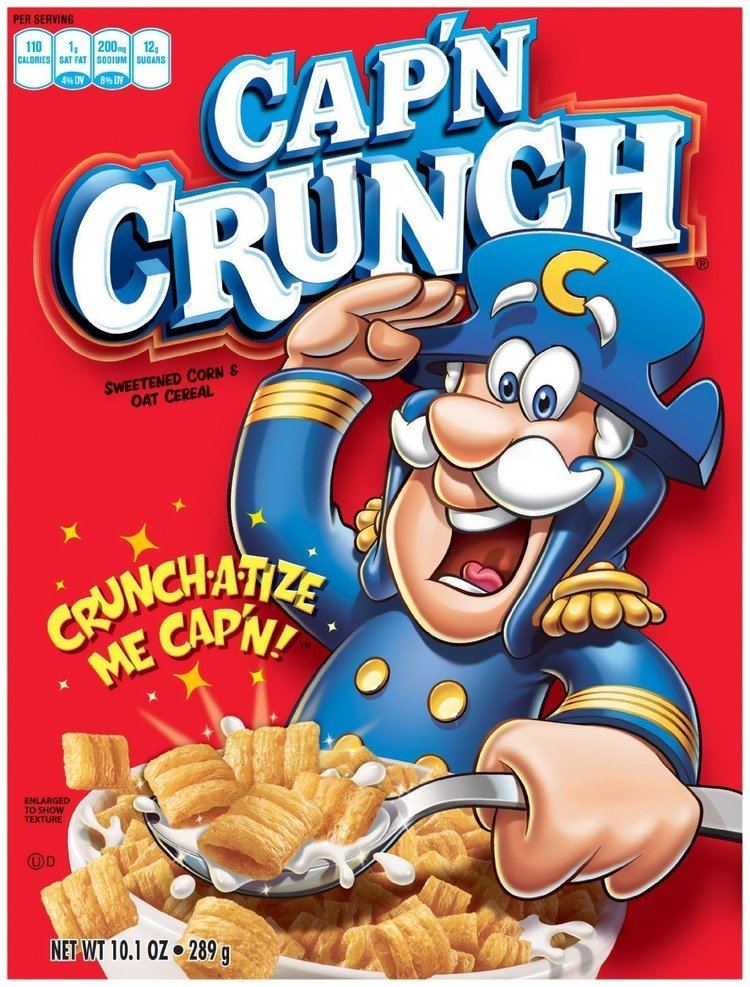 | ||
Cap n crunch cereal challenge
Cap'n Crunch is a product line of corn and oat breakfast cereals introduced in 1963 and manufactured by Quaker Oats Company, a division of PepsiCo since 2001.
Contents
- Cap n crunch cereal challenge
- Cap n crunch cereal time
- Product history
- Marketing
- Variations
- Product litigation
- References
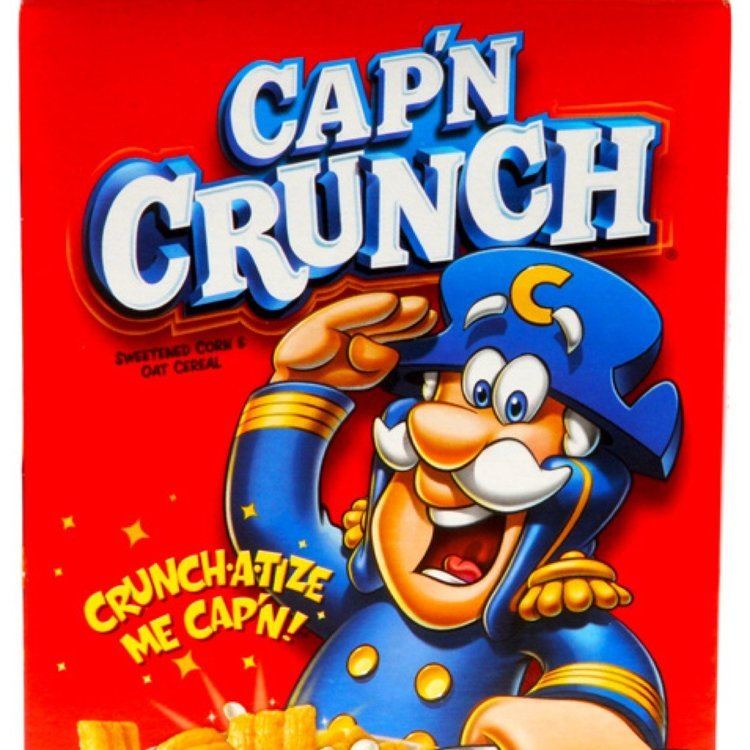
Cap'n Crunch was developed to recall a recipe of brown sugar and butter over rice, requiring innovation of a special baking process—as the cereal was one of the first to use an oil coating for flavor delivery.
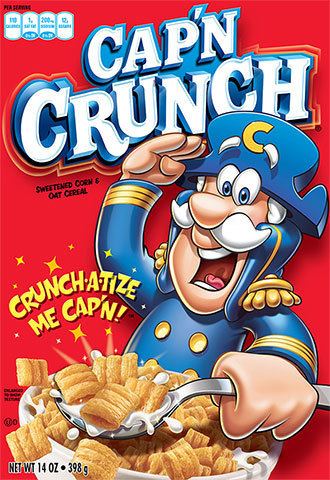
Cap n crunch cereal time
Product history
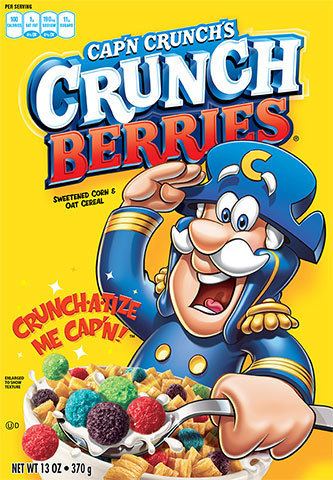
Pamela Low, a flavorist at Arthur D. Little and 1951 graduate of the University of New Hampshire with a microbiology degree, developed the original Cap'n Crunch flavor in 1963—recalling a recipe of brown sugar and butter her grandmother Luella Low served over rice at her home in Derry, New Hampshire. Before developing the flavor, the cereal already had a marketing plan, and once having arrived at the flavor coating for Cap'n Crunch, Low described it as giving the cereal a quality she called "want-more-ishness". After her death in 2007, the Boston Globe called Low "the mother of Cap'n Crunch." At Arthur D. Little, Low had also worked on the flavors for Heath, Mounds and Almond Joy candy bars.
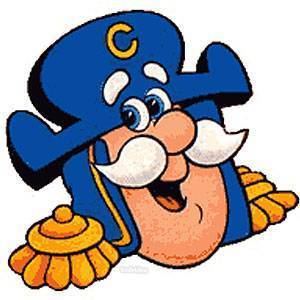
In 1965, the Quaker Oats Company awarded the Fredus N. Peters Award to Robert Rountree Reinhart, Sr. for his leadership in directing the development team of Cap'n Crunch. Reinhart developed a technique in the manufacture of Cap'n Crunch, using oil in its recipe as a flavor delivery mechanism—which initially presented problems in having the cereal bake properly.
Marketing
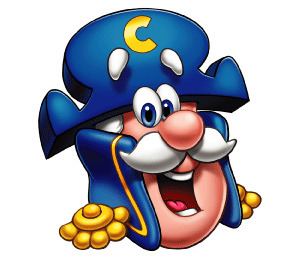
The product line is heralded by a cartoon mascot named Cap'n Crunch. The mascot is depicted as a late 18th-century naval captain, an older man with white eyebrows and a white moustache, who wears a Revolutionary-style naval uniform: a bicorne hat emblazoned with a "C" and a gold-epauletted blue coat with gold bands on the sleeves. While typically an American naval captain wears four bars on his sleeves, the mascot has been variously depicted over the years wearing only one bar (commodore), two bars (lieutenant) or three bars (commander).
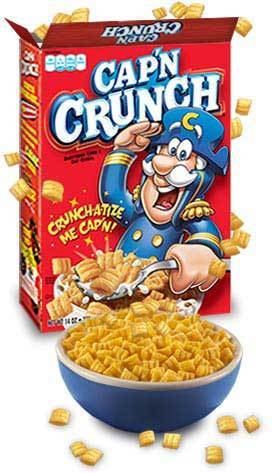
According to a humorous 2013 Wall Street Journal article, the mascot, whose full name is Horatio Magellan Crunch, captains a ship called the Guppy, and was born "on Crunch Island in the Sea of Milk – a magical place with talking trees, crazy creatures and a whole mountain (Mt. Crunchmore) made out of Cap’n Crunch cereal." The article refers to the Captain's bicorne as a "Napoleon-style" hat, and claims that this has led to speculation that he may be French.
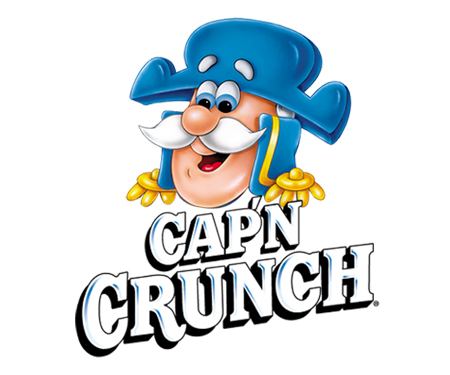
Cap'n Crunch's original animated television commercials featured the slogan, "It's got corn for crunch, oats for punch, and it stays crunchy, even in milk."
In 2014, Cornell University studied the box designs of 65 brands of cereals and discovered that buyers show 28% greater brand loyalty where the box cover features a mascot making direct eye contact with the purchaser, citing Cap'n Crunch as an example.
In 2013, sources including the Wall Street Journal and Washington Times reported that the three stripes on the mascot's uniform indicate a rank of Commander and not the four needed on his uniform to be a Captain. In jest, the Wall Street Journal reported that the U.S. Navy had no record of Crunch and that NCIS was investigating him for impersonating a naval officer.
Daws Butler provided the original voice of the Cap'n until his death in 1988. Author Philip Wylie wrote a series of short stories, Crunch and Des, beginning in the 1940s, which featured a similarly named Captain Crunch Adams. The Cap'n Crunch commercials have historically used basic cartoon animation by Jay Ward Productions. Vinton Studios produced a claymation ad during the 1980s.
Variations
Product litigation
On May 21, 2009, Judge Morrison England, Jr., of the U.S. District Court for the Eastern District of California dismissed the case Sugawara v. PepsiCo, Inc. The plaintiff, Janine Sugawara, claimed she had purchased the cereal Cap'n Crunch with Crunchberries because she believed "crunchberries" indicated she was eating real fruit. Sugawara alleged that after four years of purchasing the product she had only recently discovered to her dismay that said "berries" were in fact simply brightly colored cereal balls. The judge commented "In this case...it is simply impossible for Plaintiff to file an amended complaint stating a claim based upon these facts. The survival of the instant claim would require this Court to ignore all concepts of personal responsibility and common sense. The Court has no intention of allowing that to happen."
